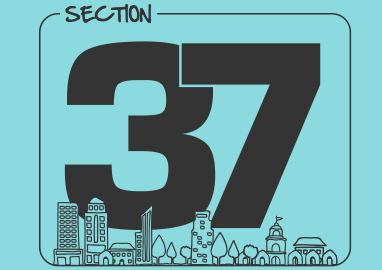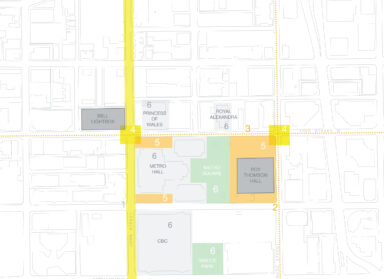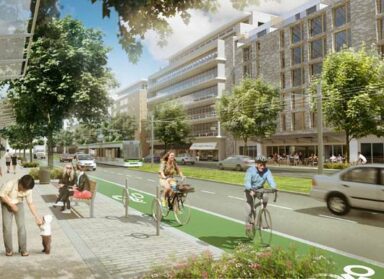The use of Section 37 as a planning tool has not been without controversy. This area of the Planning Act, which grants developers exemptions from planning rules (e.g., additional height and/or density) in exchange for them providing capital for public facilities and amenities (think park space, public art, and streestscape improvements), has been referred to as ‘let’s make a deal planning‘ by legal experts, a ‘shakedown‘ by former politicians, and an additional fee for developers. Besides an ongoing critique by some around transparency, accountability, and planning rationale, discussion of Section 37 points to a broader issue endemic to Toronto’s planning system as a whole: one of the main avenues to address concerns about urban development is for communities to engage in technical discussions – for example, over issues of height and density – rather than vision.
This arrangement prompts people to go on the defensive, rather than being asked in advance of development what their concerns are regarding community matters – values related to equity, liveability, and walkability. The origin of Section 37 stretches back to the late 1980’s, but still has some scratching their heads for a clear explanation, and a recent deal that fell through leaves some wondering whether the trade-off is worth the risk.
The city is currently in the process of reviewing Section 37 policies. At issue are potential reforms that would make this part of the planning system less arbitrary (in terms of value), more predictable, better managed, and more aligned with planning goals. Our report echoes these proposed changes, but also shows that Section 37 is being abused as a revenue tool (which it is not) to address infrastructure challenges bigger than it can handle.
This observation points to a much broader challenge facing the city: an overreliance on one tool, which is meant for one-off investments, to fund capital projects at the expense of others. And this applies only to those who make use of it. Many councillors in outlying wards, where growth is occurring at a slower pace, or not at all, do not have ready access to Section 37. Questions of equity and access in the process should also be considered during the review period.
One thing is certain: as long as growth continues, Section 37 is likely here to stay. In the future, the city should work to ensure community benefits match community needs and are tied to broader planning objectives. This means more foresight and imagination upfront to set a schedule of priorities that address both short term and long term built form issues brought on by additional development. So, let’s continue to advocate for greater coherence and vision around the types of benefits provided through Section 37, and, where possible, bring the community voice into the discussion.
Over the past four weeks, we have been rolling out posts about a research project which examines: in a time of increasing growth and reduced public spending in cities, how can we maximize the public realm as a shared interest? View a previous post with more information here.
View our last short summary report ‘Section 37’ here.
View the final report ‘Investing in the Public Realm: Challenges, Opportunities, and Lessons for Toronto,’ supported by MITACS and ERA Architects through the ‘MITACS Accelerate internship program’ here.
This blog post was prepared by Jeff Biggar. He is a PhD candidate in Planning at the University of Toronto and a MITACS Research Fellow. Learn more about Jeff here.
* Feature Image Credit: City of Toronto *





